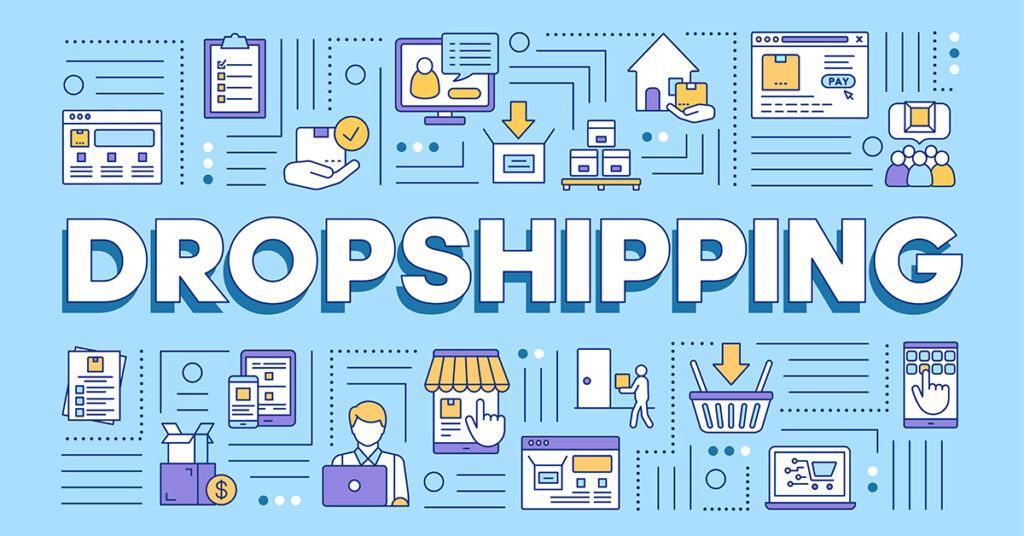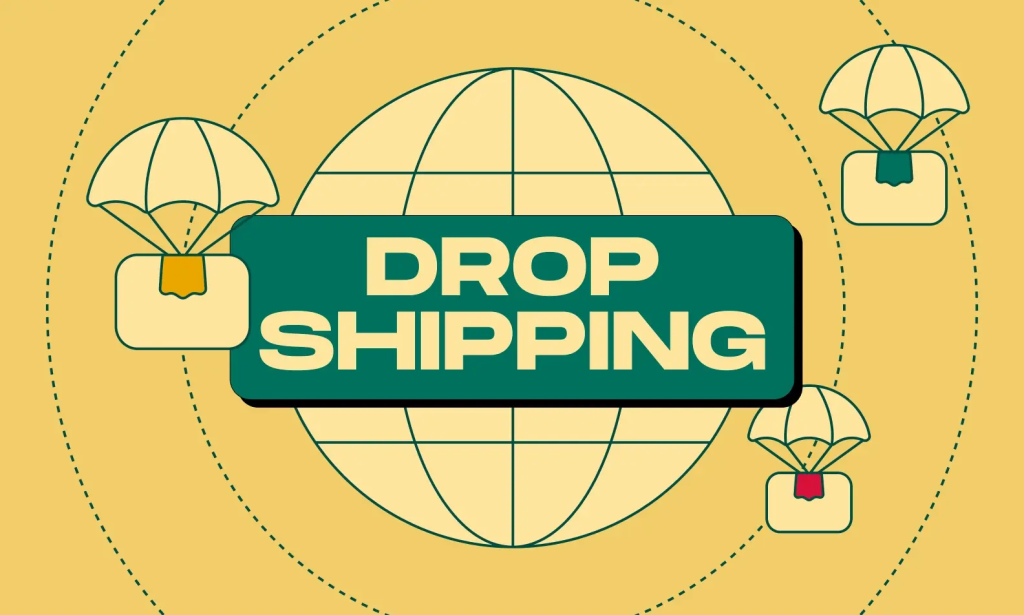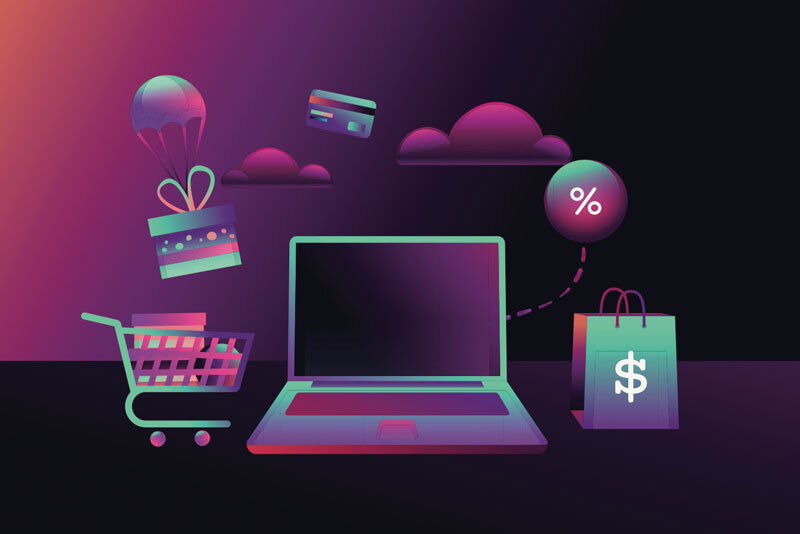Dropshipping has become an increasingly popular business model, allowing entrepreneurs to start an online store without the need to hold inventory. However, getting started can seem daunting. Let’s explore the common questions, reasons behind them, and practical solutions to help you launch your own dropshipping business successfully.

I. The Questions You Might Have
1. What Products Should I Sell?
- Lack of Market Knowledge: Many beginners struggle to decide on products because they’re unsure about current market trends and customer demands.
- Fear of Competition: There’s a concern that popular products will have too much competition, making it hard to make a profit.
2. How Do I Find Reliable Suppliers?
- Trust Issues: It’s difficult to know which suppliers can be trusted to deliver quality products on time and handle returns or issues properly.
- Limited Information: There’s a wealth of suppliers out there, but finding accurate information about their reputations and reliability can be challenging.
3. How to Set Up an Online Store?
- Technical Hurdles: For those not familiar with web design and e-commerce platforms, setting up a store can seem complicated with concerns about choosing the right platform and customizing it.
- Cost Concerns: There’s often worry about the costs involved in building and maintaining an online store, including hosting fees and payment gateway charges.
II. The Reasons Behind These Challenges
1. Lack of Research Skills
- Market Research: Not knowing how to conduct proper market research leads to uncertainty about product selection. This includes failing to analyze competitors, understand target customer needs, and identify emerging trends.
- Supplier Vetting: Without the right skills to research and evaluate suppliers, it’s hard to distinguish reliable ones from those that might cause problems later.
2. Overwhelming Options
- Product Overload: The vast array of products available to sell can be paralyzing. With so many choices, it’s easy to get confused and make poor decisions.
- Platform Choices: There are numerous e-commerce platforms, each with its own features and pricing structures, making it tough to decide which one suits your business best.

3. Fear of Financial Risk
- Initial Investment: The thought of investing money upfront, even for a dropshipping business where inventory costs are lower, can be intimidating. There’s a worry that the business might not succeed and the investment will be lost.
- Ongoing Costs: Understanding and managing ongoing costs like marketing, store maintenance, and payment processing fees can also cause anxiety.
III. The Solutions to Get Started
1. Product Selection
- Niche Research: Focus on finding a niche market that you’re passionate about or have some knowledge in. Look for areas with growing demand but less intense competition. For example, instead of selling generic clothing, consider eco-friendly activewear for a specific age group.
- Analyze Trends: Use tools like Google Trends, social media insights, and industry reports to identify products that are gaining popularity. Keep an eye on emerging trends in areas like home decor, health and wellness, or tech accessories.
2. Supplier Sourcing
- Use Reputable Platforms: Join dropshipping platforms like Oberlo (for Shopify stores), SaleHoo, or Worldwide Brands. These platforms vet suppliers and provide reviews and ratings, making it easier to find reliable ones.
- Contact and Test: Reach out to potential suppliers, ask for samples of their products to check quality, and inquire about their shipping times and return policies. Build a good relationship with them from the start.
3. Online Store Setup
- Choose the Right Platform: For beginners, platforms like Shopify, WooCommerce (if you’re using WordPress), or BigCommerce are user-friendly and offer a range of templates and plugins. Select one based on your budget and the features you need.
- Learn Basic Customization: Take advantage of online tutorials and courses to learn how to customize your store’s look, add products, and set up payment and shipping options. You don’t need to be an expert, but having a basic understanding will go a long way.

Starting your own dropshipping business does come with its challenges, but by understanding the common questions, the reasons behind them, and implementing the right solutions, you can take the first steps towards building a successful and profitable venture. With careful planning and continuous learning, you can turn your dropshipping dreams into a reality.




